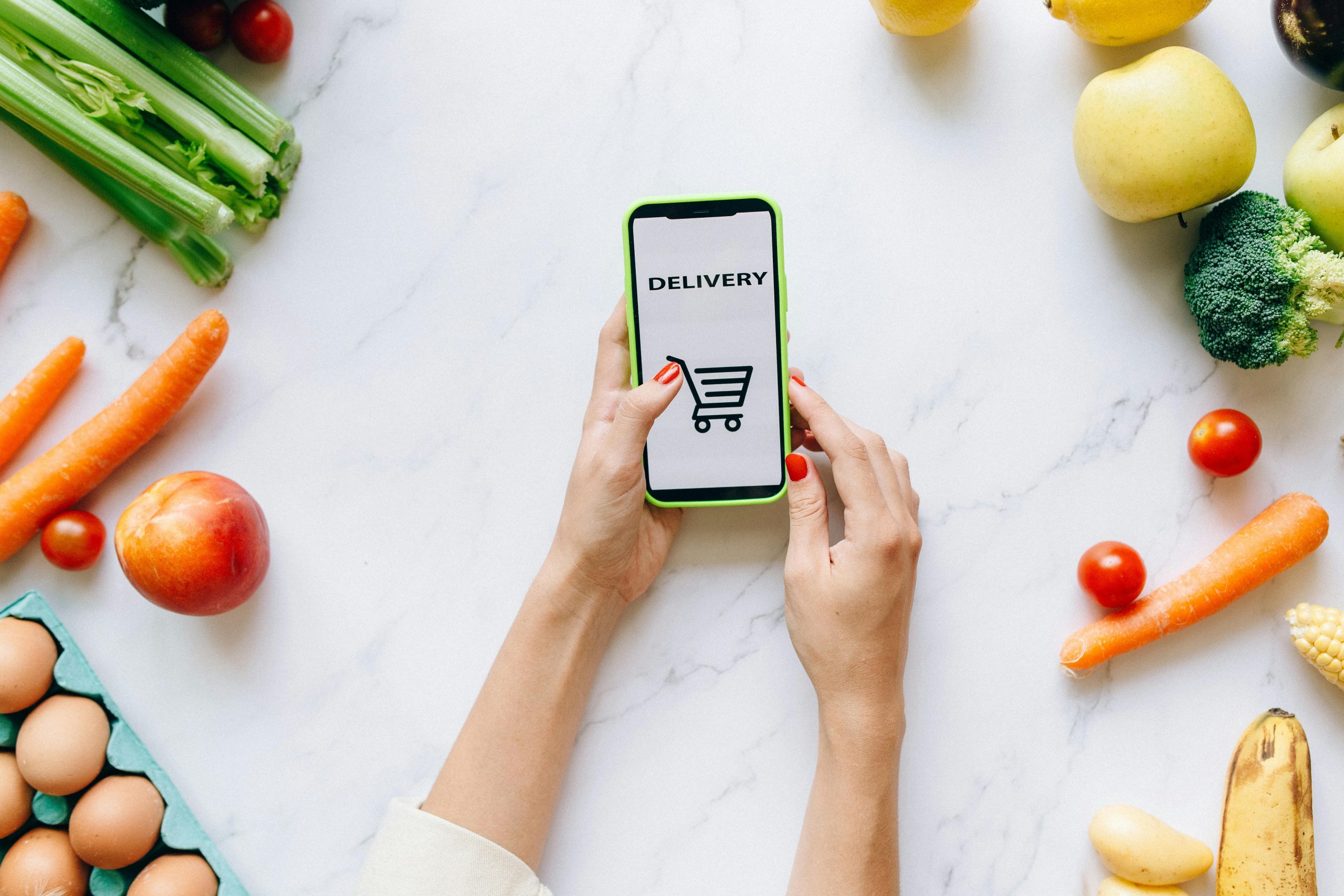With inflation raging, consumers are beginning to cut costs on everyday CPG food items. And as a result, brand loyalty is taking a hit.
Private-label brands, after two pandemic years in which they lost market share to brand names, have begun to lure back buyers. In the three-week period ended March 13, edible private-label brands increased share slightly, according to IRI data. (The Wall Street Journal, April 4)
Private label gains
A recent study from research analytics firm DataWeave provided further support for private label momentum
According to the report, grocery categories with the highest inflation saw the most private label penetration. Private label brands gained in volume share in high-inflation food categories like frozen foods, meat, and poultry in 2021.
While the total SKU count for store brands is much smaller as an overall category, meat had the highest share of private label brands with 25% within the analysis. The presence of private label products was the lowest in alcohol & beverages (7.2%) and beauty & personal care (7.5%) categories.
DataWeave also found that on average, retailers in the U.S. carried more than 4,500 private label products online and had private label brand penetration of more than 13%, with the category expected to grow.
“Across the 10 major grocery retail chains we analyzed, private label brands were more economical compared to national brands, which is likely one of the key factors contributing to the private label’s increased penetration across grocery categories,” said DataWeave CEO Karthik Bettadapura. (Private Label Manufacturers Association)
Implications for grocery stores
Shoppers’ new willingness to switch brands could also affect grocery store economics. Big CPG companies risk losing market share to competitors and store brands that are more readily able to fill in empty spots in store aisles amid ongoing supply shortages. Supermarket operators, while grappling with shortages, said the situation gives them more leverage with major brands and flexibility to test newer, often lower-cost products. (The Wall Street Journal, March 29)











